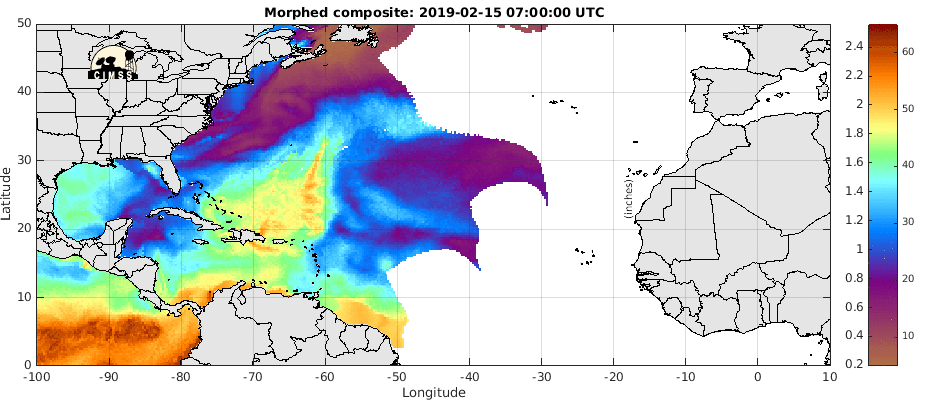tolakram wrote:I'm not sure how the models work, but we know the other day Ernesto's LLC was extremely small, and models have resolution issues, so perhaps this is some kind of continuing resolution issue. You would think the model operator could correct for this, but again, no clue how the input really works.
We will know soon if the models are to be believed or not.
Ding ding ding! Johnny, tell him what he's won!

The internal structure of tropical cyclones are going to be too small to be resolved by the GFS. So really, if you were to see an "accurate" storm show up in an analysis, you might actually want to be concerned because then it's almost certainly overdoing the intensity. The much better resolution of the Euro might be good enough to capture large cores, but then you're operating right at the very edge of the model's limits. Plus the storm's information from NHC is not "bogussed" into the Euro as it is the GFS, so it has to create the vortex from its own data assimilation and analysis procedures. Given all those limitations, it's obvious that the Euro is unlikely to be able to fully represent the storm, either.
So, while you can gain some kind of relative/qualitative ideas about a storm's strength from the globals (monster/not a monster), asking them to truly and fully recreate the entire storm structure and intensity is simply beyond their physical capabilities. Despite this, the GFS and Euro can recreate the "big picture" of storms well enough that they have demonstrated themselves to be superior for track than everything else. In this instance, an 'open wave' in this case in the GFS or Euro doesn't necessarily mean there's no longer a tropical cyclone there, it just may be that the closed part of the circulation of a weaker cyclone is too small to be resolved by the model.
Another thing to consider is, for lack of a better term, 'display resolution'. Depending on what kind/size of image you're reproducing, you may have to thin out some data so it will be legible when plotted. This could potentially wash out some interesting information.
Now, does that mean they're never going to steer you wrong? Obviously not, they've both had demonstrated failings before. You've got to critically analyze the models and determine what might be good and what may not be to synthesize your own forecast. But if you're going to dismiss a global completely because it doesn't perfectly recreate the storm in a small picture file, you're never going to end up using the best two models available to you.












